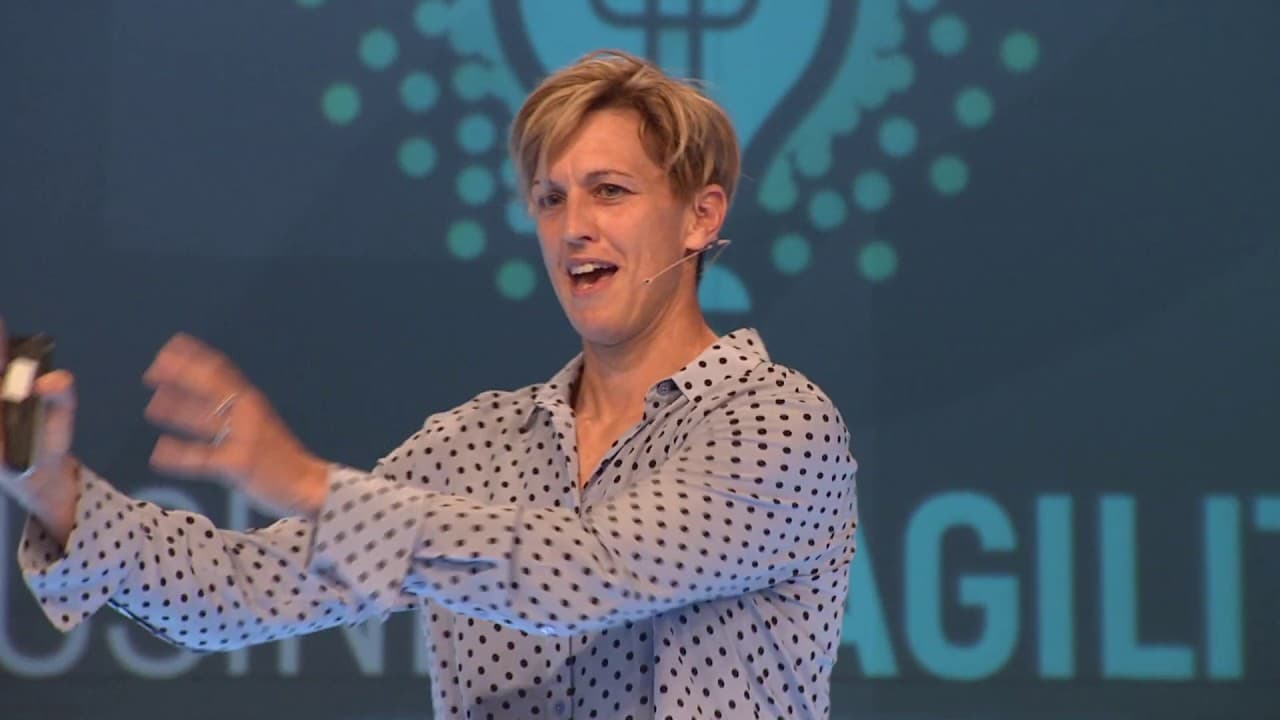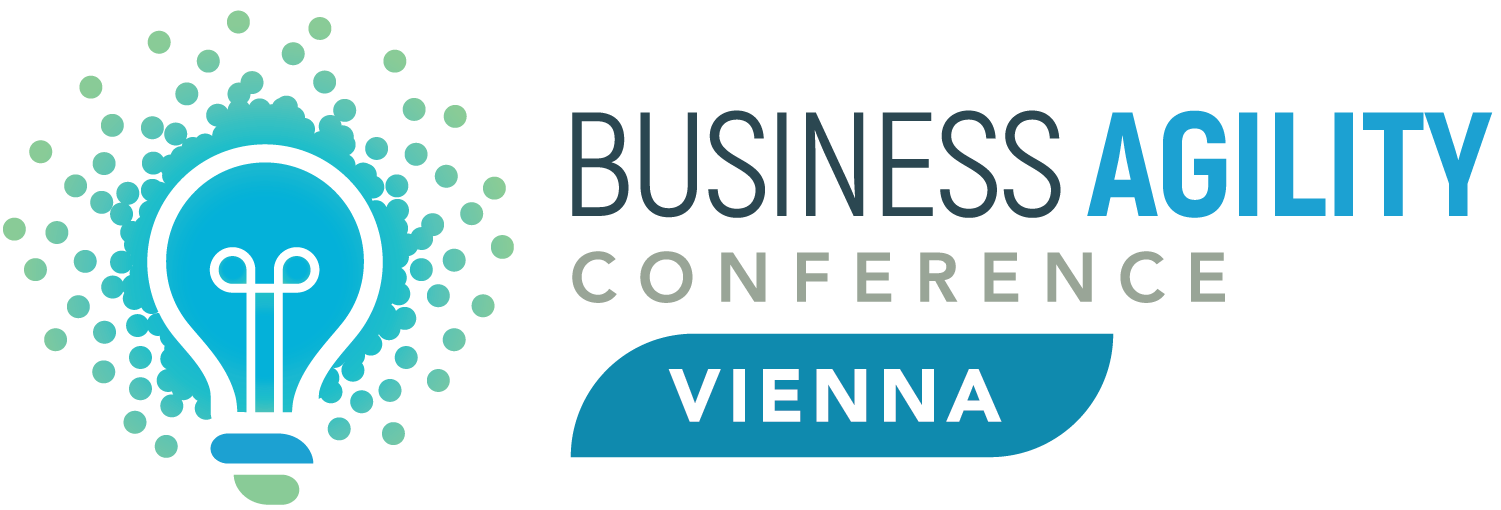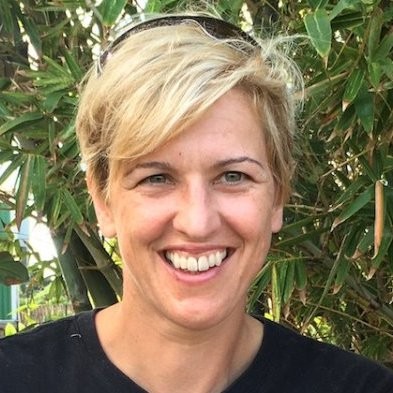Thank you! I think that's what you call a hospital pass. I was beneath Eglee—he asked him super certain boutique—but thanks. It sounds a lot better and a lot more important when I say I'm from New Zealand, and I actually did come all the way from Auckland. I've been living in New Zealand for the last 12 years, and I’m super happy to be here at this conference for the first time ever.
What I want to talk to you about today is self-selection or self-selecting teams. Let’s do a quick check—how many of you have heard of self-selection? A few. Excellent. How many of you have tried it? Great work!
For those who haven't heard of it or haven’t tried it, self-selection is a way for people to pick their own team in an organization. Everyone gets to decide which team they want to work on. It’s based on the idea that people do their best work when they can choose who they work with and what they work on.
Now, take a moment to imagine this—if I were to walk into your organization and say, "A week from now, we’re going to do this. Everyone is going to put down their tools, form teams, and choose for themselves which team they want to be in," do you think it would be smooth sailing? Or do you think people would be driven by their egos and create chaos?
Who thinks it would work?
Okay, I promise you that by the end of this talk, at least 80% of you are going to raise your hands when I ask that question again.
The First Large-Scale Self-Selection
I want to share the concepts and ideas behind self-selection and how to do it, using the backdrop of a case study—a New Zealand company where we did the first large-scale self-selection in 2013. This company had 500 people across three locations, and the biggest self-selection event had 100 people in the same room at the same time. And guess what? It worked.
The context we were in was a traffic jam of projects—projects that were constantly stop-go, stop-go. We were organized in a matrix structure, where one team would build something, but marketing wouldn’t have time for it. Or a team would develop a feature but have no testers. So, there was always a bottleneck.
We knew something had to change. We had heard about the benefits of agile, and we knew that small, cross-functional teams were the way forward. Research shows that dedicated teams are 60% more productive than teams where people are spread across multiple projects. We also know that team design accounts for about 60% of performance variability. So, we knew this was important.
Who Should Choose the Teams?
At first, as managers, we believed it was our job to decide. We know our people well—we know their strengths, their goals, and even who they work well with. But as soon as more than 10 to 15 people were involved, it became a logistical nightmare. I remember moving people around on paper, trying to create the best team combinations. But as soon as we published the teams, we realized:
- George wanted to go in a different direction.
- Peter and Mary couldn’t work together.
Back to the drawing board.
At that point, we realized this was really hard—and we were probably going to get it wrong. So, why were we making this decision? Shouldn’t the people affected by the decision be the ones to make it? Shouldn’t the decision be made at the level where the most information actually exists?
And isn’t this completely in line with agile principles? If we treat people as responsible adults, they will behave like responsible adults. So, we thought—let’s put the problem to the people it affects. Let’s allow them to decide.
Looking for Guidance (and Finding None)
Surely someone had done this before? Like any average intelligent person, we Googled it.
Nothing.
Turns out, nobody had documented this before. That meant we were either geniuses who had discovered something overlooked, or we were completely insane.
But we knew it was the right thing to do.
Designing the Self-Selection Process
So, my friend David Moore and I sat at Auckland harbor with a blank piece of paper in front of us, designing the self-selection process. Here’s what we came up with.
Preparation
- Before the event, we talked to people about why we were doing this.
- We had product owners pitch their squads—explaining the squad's purpose and what the work would be like.
During the Event
- We had multiple 10-minute iterations where people placed their photos in the team they wanted to join.
- After each iteration, teams reported back—who was missing? Who had too many testers? Who needed more developers?
- The process repeated until all teams were formed.
Setting Constraints
We wanted to minimize constraints to allow true self-selection. But we did set three rules:
- Teams had to be cross-functional and able to deliver end-to-end customer value.
- Teams could not be larger than seven people.
- Teams had to be co-located in the same city.
The Big Day
The room was set up with empty squad sheets, a big sign that said, “Do what’s best for Trade Me.” This reminded everyone that while we cared about individual preferences, the goal was to do what was best for the company.
Then we shouted, “Go!”
Nothing happened.
People stood around awkwardly.
As a facilitator, it’s crucial to stay calm in this moment.
After about two or three minutes, people started moving, placing their photos on squads they wanted to join. After 10 minutes, it felt like the Eurovision Song Contest. Teams began reporting back: “We have too many testers! No marketing person! Not enough developers!”
By the third round, people started negotiating and problem-solving.
Finalizing Teams
At some point, we had to stop. We had 11 out of 16 squads formed. We let those 11 teams go and worked with the remaining people to form the last teams. In the end, we had 15 out of 16 complete squads. The last squad needed to hire two new people, so they got to decide who to hire.
What We Learned
Since then, we’ve run self-selection in many countries, and one thing stands out—it’s all about relationships. When we ask people why they choose a team, they say:
- “I wanted to do what’s right for the company.”
- “I chose based on the area I wanted to work in.”
But the reality? People choose based on who they want to work with.
Common Questions
- Will people argue? No. They negotiate like adults.
- Will someone be left out? No. This isn’t about being picked—it’s about choosing.
- How do you deal with fear? Build up to it with presentations and one-on-one conversations.
The Future of Self-Selection
Six years later, we still do self-selection every six months. It’s not disruptive—most people stay in their teams, but everyone gets a chance to choose. People love it. It attracts new hires. And in a few years, this will be so normal that nobody will invite me to talk about it anymore.
Because self-selection will be the way teams are formed.
Thank you.



 Here’s a radical idea: Trust people to know best and let them decide which team they should work in. Let them Self-Select!
Here’s a radical idea: Trust people to know best and let them decide which team they should work in. Let them Self-Select!